 |
| March 31, 2020 |
Dear Reader,
Researchers are in the process of deploying optical modules for a new pair of underwater telescopes. The modules, hosted within pressure-resistant glass spheres, use the ocean itself as an instrument to search for signals from dark matter, supernovae and neutron star collisions. Today's roundup also features a story on how social media posts and online searches can provide clues about where disease is spreading. And lastly, we have a piece on the ways climate change is complicating efforts by meteorologists to understand the complexities of the Madden-Julian Oscillation. Important information for our print subscribers |
| | Sunya Bhutta, Senior Editor, Audience Engagement
@sunyaaa | |
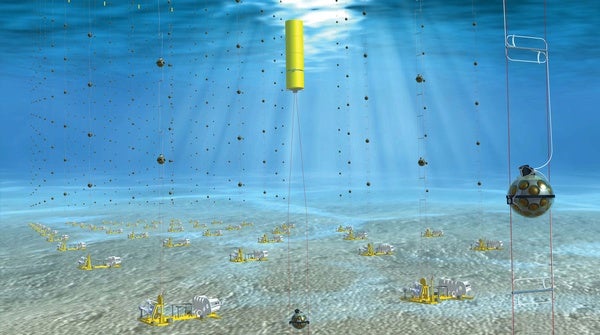 |
| |
| |
| Environment Coyotes Eat Everything from Fruits to Cats The diets of coyotes vary widely, depending on whether they live in rural, suburban or urban environments—but pretty much anything is fair game. |  | By Jason G Goldman | 03:16 | | | |
| |
| |
FROM THE STORE
 | | | |
| |
FROM THE ARCHIVE
 | | | |
| |
LATEST ISSUES
 |
| |
| Questions? Comments?  | |
| Download the Scientific American App |
| |
| |







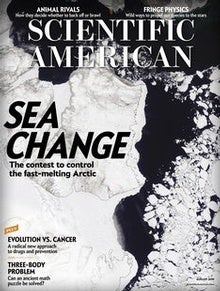

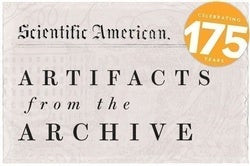
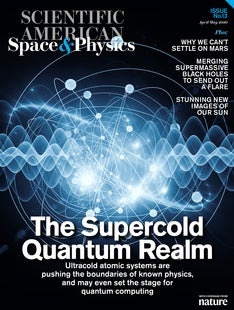

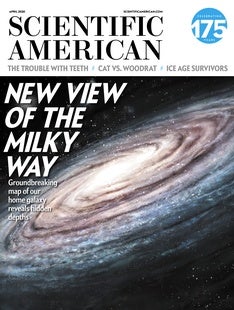

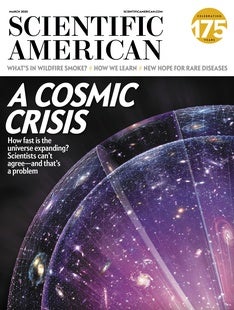



Comments
Post a Comment